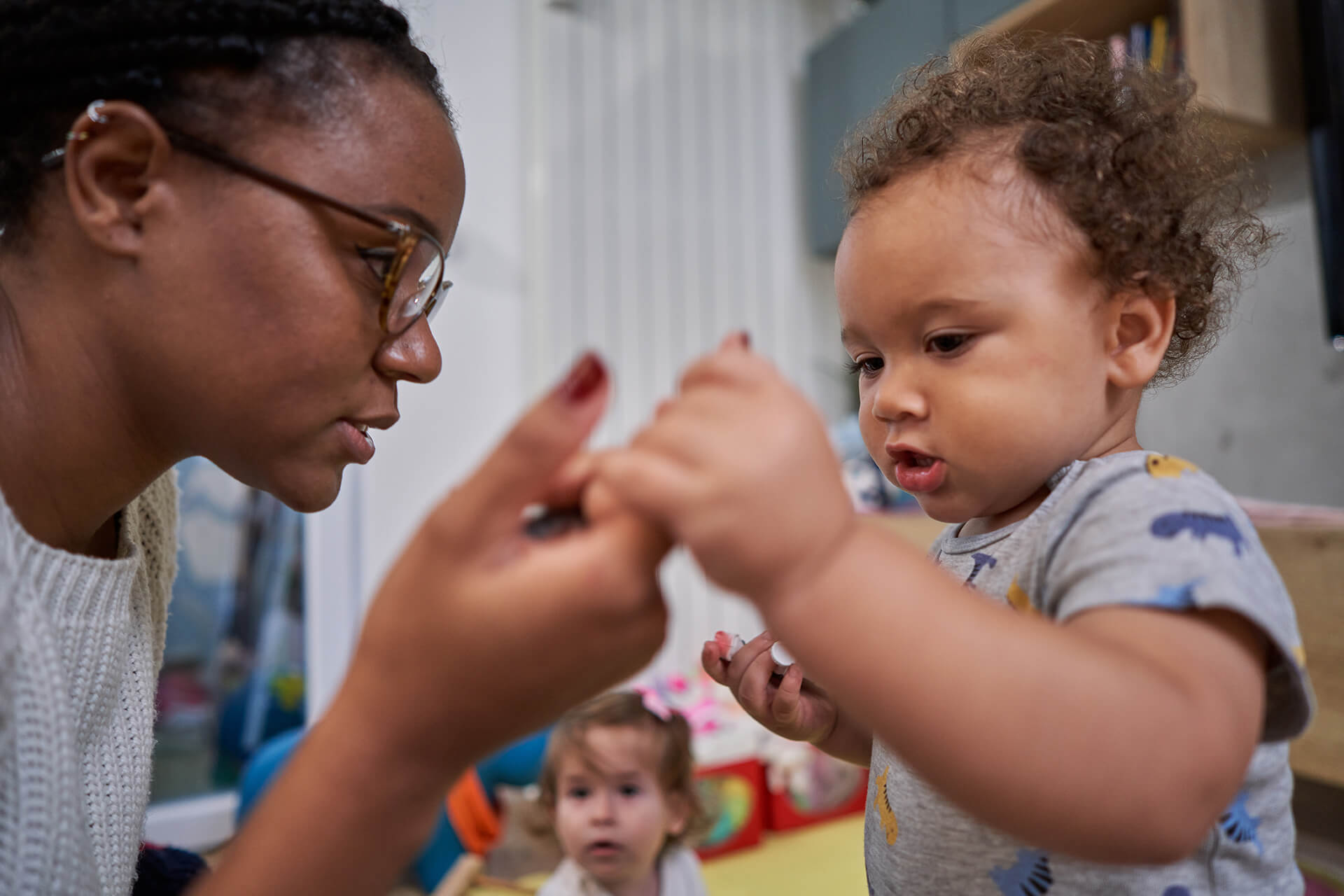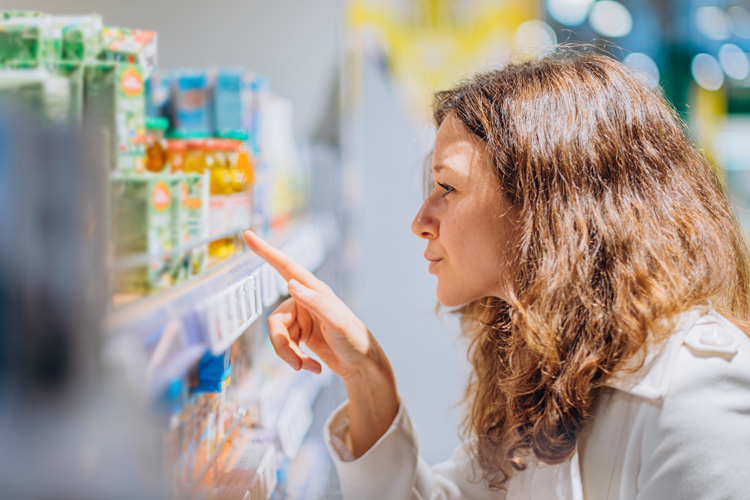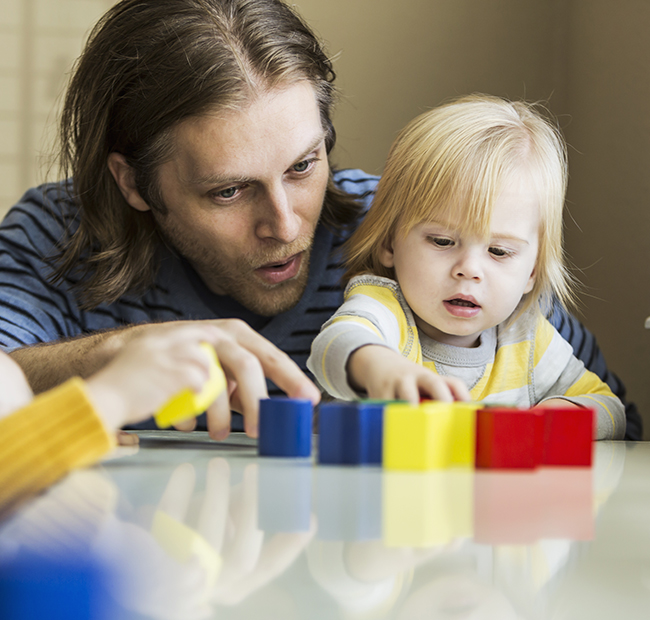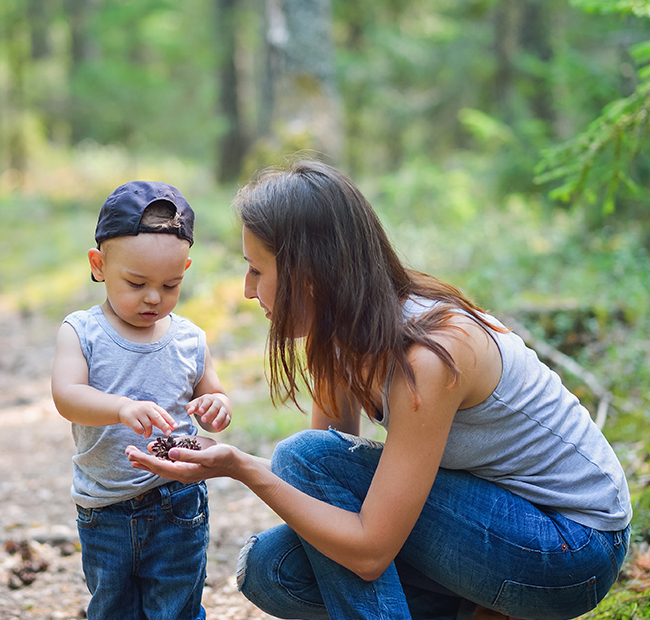
Helping Your Baby Learn
- Home
- Live Well Blog
- Helping Your Baby Learn
Did you know your baby’s ability to learn starts even before they’re born? This is why taking care of yourself and avoiding drugs, alcohol, and smoking during pregnancy is so important. What your baby experiences before birth can affect how they grow and learn later. Helping your baby learn starts before they are born and continues their whole lives. The following are a few ideas to help you lead your little learner!


Sometimes it seems like all babies do is eat, sleep, poop, and CRY! But they’re actually learning about themselves and the world around them all the time. Babies can’t use words yet, so they use what they can, which is their cry. This is how they tell you they need something. Pay attention to your baby’s different behaviors and respond when (or before) they cry. Your baby learns to trust you and feels safe when you respond to crying.
Simple things like smiling, making different faces, talking, and singing all help babies learn. Help your baby safely explore all five senses during playtime and everyday activities like bath time and mealtime – seeing, hearing, tasting, smelling, and touching. When your baby starts trying different foods, let them explore by touching, tasting, and smelling.


Throughout the day, talk to your baby about what you’re doing. Even though you might feel like you’re just talking to yourself, you’re actually teaching them a lot! Your baby can listen, learn language, and discover things about their surroundings just from hearing you speak. Just remember, they’re always listening, so choose your words wisely!


A cold glass of lemonade, punch or soda on a hot day may sound good, but it’s important to remember these drinks can have a ton of added sugar and little real juice. Research shows children who regularly consume sugar-sweetened beverages are at risk of gaining more weight than is right for their bodies.
Keep sugar-sweetened beverages as an occasional treat, like for parties and special dinners out: not something your child drinks daily.
As your child grows, keep adding new activities like reading books, listening to music, doing arts and crafts, exploring nature, and learning about animals. Teach them important life skills like manners, how to behave in public, staying safe, and taking care of themselves.

Remember, babies and kids are always learning, so keep teaching and guiding them as they explore their world and grow!
